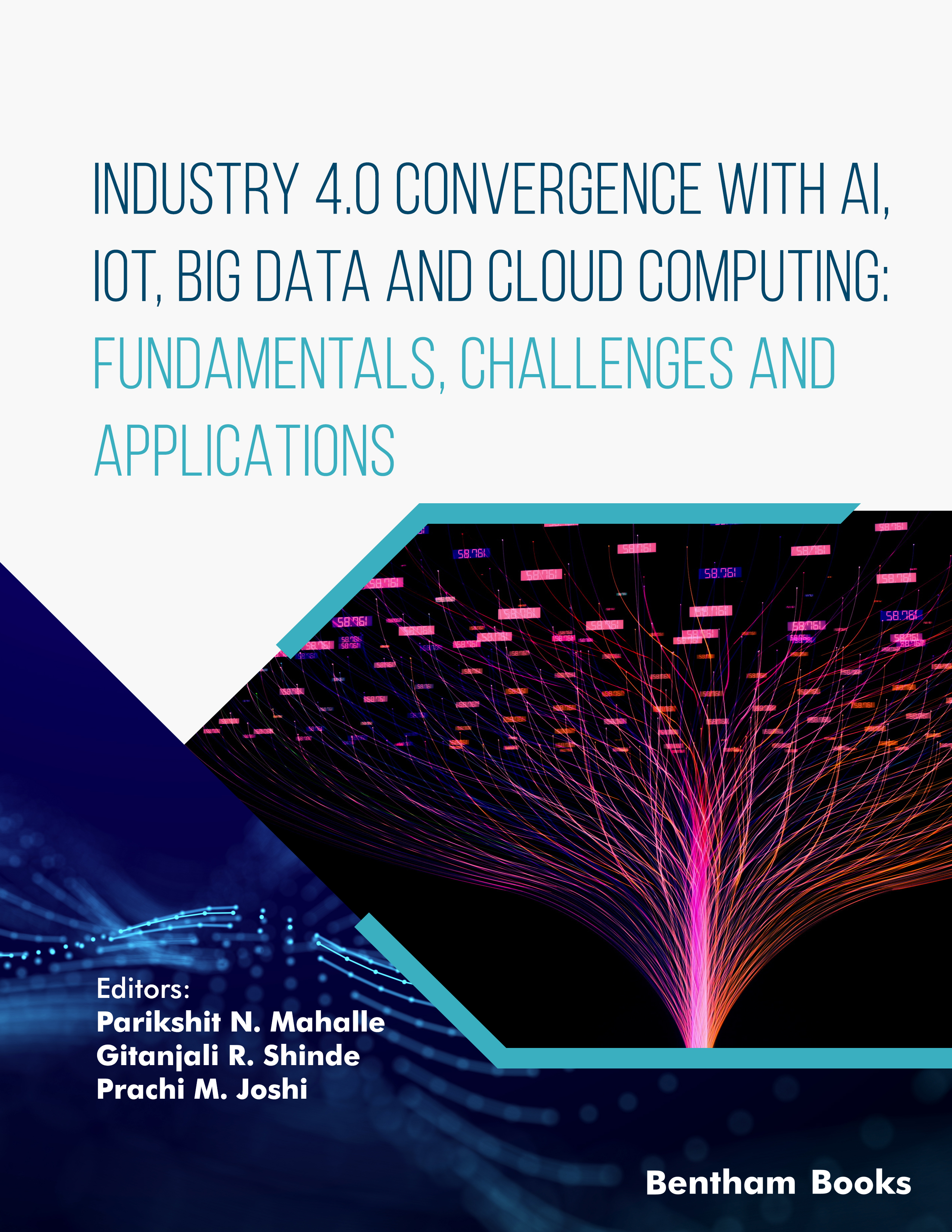The boundaries between the physical and virtual worlds are becoming progressively blurred in what are known as cyber-physical production systems as a result of information and communications technology (ICT) being widely used by the manufacturing industry and traditional production operations (CPPSs). Intelligent machines are constantly exchanging data regarding current stock levels, issues,
and modifications in orders or demand levels. In order to increase productivity and optimise throughput times, capacity utilisation, and quality in development, production, marketing, and purchasing, processes and deadlines are coordinated. Robotics, drones, nanotechnology, 3D printing, and artificial intelligence are just a few examples of the exponentially developing technologies that are accelerating and reshaping industrial processes.
The book outline and contents
show that the major topic of the
book is the brief introduction to the domain, research challenges, literature reviews and state-of-the-art, different algorithms/techniques/deployment methods. The book is divided into three sections
that include challenges, convergence with AI and IoT Applications and Industry 4.0.
It starts with a comprehensive study of AI, IoT, Cloud Computing, and Blockchain Technologies. The Internet of Things (IoT), blockchain technology, and Artificial Intelligence (AI) are now acknowledged as advancements with the potential to
change entire industries and enhance existing business processes. Blockchain, for instance, offers a shared and decentralized distributed ledger that can improve corporate operations' trust, transparency, security, and privacy. Similar to a register, a distributed ledger or blockchain can be used to hold any type of asset. For the German and European industries, automation of industries and user-friendliness of business processes are crucial. Finally, AI enhances business processes by identifying trends and maximizing their results.
AI is structured based on a human mindset and an approach that is human-centered.
These key enablers for Industry 4.0 focusing on IoT, AI and Blockchain Technologies will help readers to empower their research and learning in these areas. Buyers, who belong to the category of researchers, will be benefited from the state-of-art and future research directions provided in the book. Practicing engineers will be benefited from the knowledge of the current challenges in technology, deployment methods and solutions. Postgraduate students will be introduced to new AI domains, and their related recent advancements. They will also be made aware of the rapid growth in the technology.
Pathan Mohd. Shafi
Department of Computer Science and Engineering
MIT ADT University, Loni Kalbhor
Pune, Maharashtra, India

